-
Welcome to Tacoma World!
You are currently viewing as a guest! To get full-access, you need to register for a FREE account.
As a registered member, you’ll be able to:- Participate in all Tacoma discussion topics
- Communicate privately with other Tacoma owners from around the world
- Post your own photos in our Members Gallery
- Access all special features of the site
AdventureTaco - turbodb's build and adventures
Discussion in '1st Gen. Builds (1995-2004)' started by turbodb, Apr 4, 2017.
Page 227 of 281
Page 227 of 281


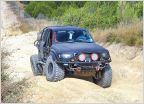 First Gen IFS with Duals
First Gen IFS with Duals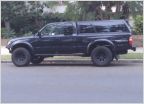 LAL00O00 Build
LAL00O00 Build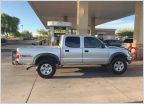 Rafe's Build - Meet L.O.R.A
Rafe's Build - Meet L.O.R.A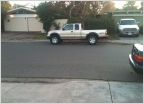 Otis24's Otisbound Outdoors Bodonkadonk Supercharged Twin Locked Micro Camper Build (OOBSTLMC)
Otis24's Otisbound Outdoors Bodonkadonk Supercharged Twin Locked Micro Camper Build (OOBSTLMC) The Supracharged King Ranch Bundle of Merriment Build
The Supracharged King Ranch Bundle of Merriment Build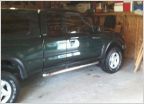 Tacomanater's Build
Tacomanater's Build






































